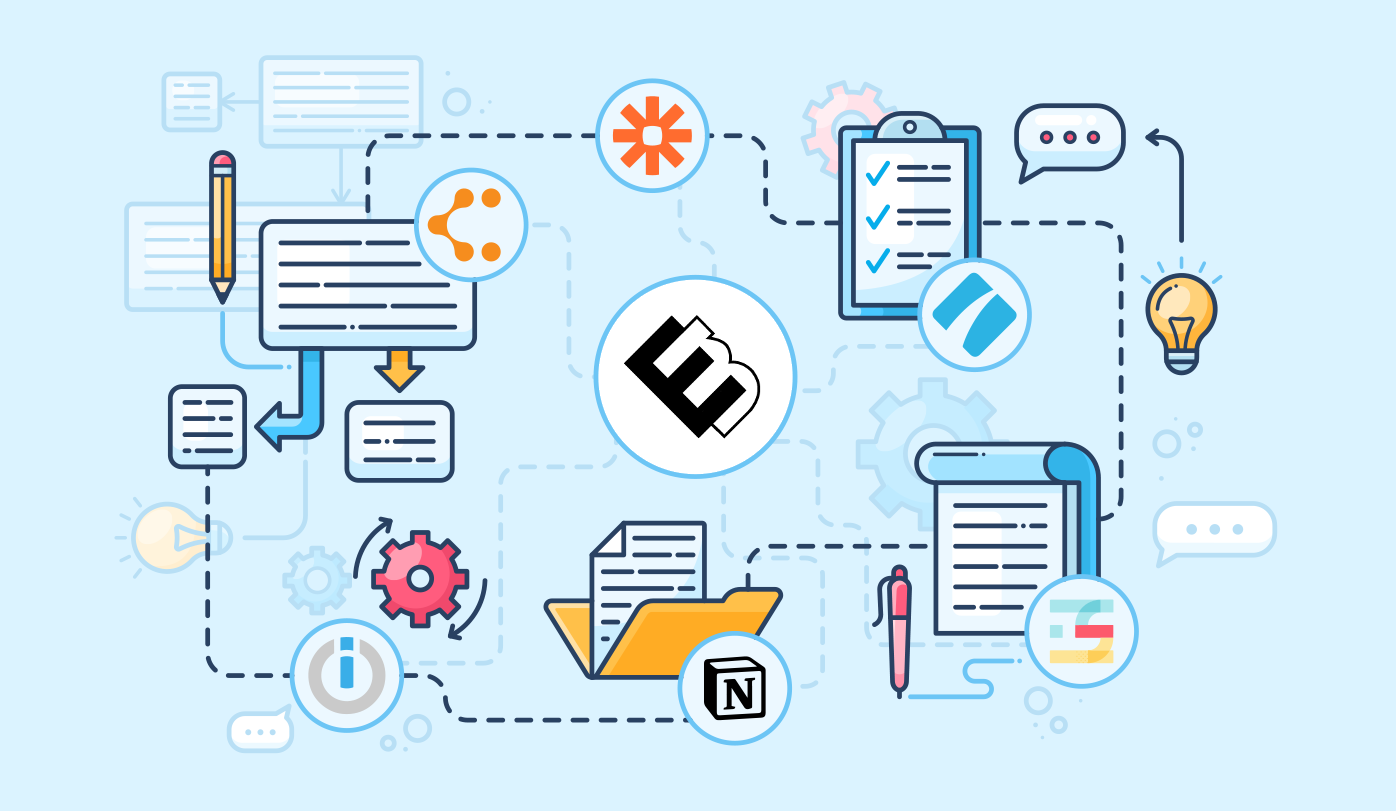How to Segment Your Email List for More Effective Campaigns
How to Segment Your Email List for More Effective Campaigns
Email marketing is a powerful tool for businesses to connect with their audience, but sending the same message to your entire email list may not yield the best results. This is where email list segmentation comes into play. By dividing your email subscribers into smaller, targeted groups based on specific criteria, you can create more personalized and effective email campaigns. In this guide, we’ll explore the art of email list segmentation and how it can elevate your email marketing efforts.
I. Understanding Email List Segmentation
A. What is Email List Segmentation?
Email list segmentation is the practice of categorizing your email subscribers into smaller segments or groups based on shared characteristics or behaviors. These segments can be defined by various factors, such as demographics, purchase history, engagement level, and more.
B. The Importance of Segmentation
Segmentation allows you to send relevant content to specific groups, increasing the chances of engagement and conversion. Rather than sending generic emails to your entire list, you can tailor your messages to address the unique needs and interests of each segment.
II. Steps to Effective Email List Segmentation
A. Collect Relevant Data
To start segmenting your email list, you need valuable data. This includes information like age, gender, location, purchase history, website activity, and email engagement metrics. Collect this data through sign-up forms, surveys, and tracking tools.
B. Define Your Segments
Once you have sufficient data, identify the criteria for your segments. Common segmentation categories include:
- Demographics: Age, gender, location.
- Behavior: Purchase history, website visits, email open rates.
- Interests: Product preferences, content engagement.
- Lifecycle Stage: New subscribers, loyal customers, inactive subscribers.
C. Segment Creation
Using your chosen criteria, create segments within your email marketing platform. Most email marketing tools provide segmentation features that make this process straightforward.
D. Personalize Content
Tailor your email content to each segment. For example, if you have a segment of customers who frequently purchase a specific product category, send them offers and updates related to that category.
E. Test and Refine
Regularly assess the effectiveness of your segmented campaigns. Analyze open rates, click-through rates, and conversion rates. Use this data to refine your segments and content strategy.
III. Benefits of Email List Segmentation
A. Improved Relevance
Segmentation ensures that subscribers receive content that is relevant to their interests and needs. This relevancy increases engagement and encourages action.
B. Higher Open and Click-Through Rates
Personalized emails are more likely to be opened and clicked on. Segmented campaigns often result in higher open and click-through rates.
C. Reduced Unsubscribes
When subscribers receive content that aligns with their interests, they are less likely to unsubscribe from your emails.
D. Increased Conversions
Targeted content can lead to higher conversion rates, whether your goal is to make a sale, collect leads, or promote an event.
IV. Best Practices for Effective Segmentation
A. Start Simple
If you’re new to segmentation, begin with basic criteria like demographics and engagement level. As you become more comfortable, you can delve into more complex segmentation.
B. Keep Data Updated
Regularly update and maintain your subscriber data to ensure the accuracy of your segments.
C. Respect Privacy
Always adhere to privacy regulations and obtain consent before collecting and using subscriber data.
V. FAQs
Q1. Can I segment my email list using free email marketing tools?
Yes, many free and paid email marketing tools offer segmentation features, allowing you to segment your list effectively.
Q2. How often should I update my segments?
Regularly review and update your segments as your subscribers’ behaviors and preferences may change over time.
Q3. Can I segment my list too much?
While segmentation is valuable, avoid creating too many segments, as it can become challenging to manage and may lead to overly specific content.
VI. Conclusion
Email list segmentation is not just a trend; it’s a proven strategy for boosting the effectiveness of your email marketing campaigns. By sending personalized, relevant content to your subscribers, you can nurture stronger relationships, drive higher engagement, and achieve better conversion rates. Start segmenting your email list today and watch your email marketing efforts soar.
VI. Resources
To further enhance your email marketing and segmentation skills, here are some helpful resources:
- Email Marketing Platforms: Consider using reputable email marketing platforms like Mailchimp, Constant Contact, or HubSpot for advanced segmentation features.
- Segmentation Guides: Explore comprehensive guides on email list segmentation available on platforms like Neil Patel’s blog, HubSpot Academy, and the Email Marketing Institute.
- Online Courses: Platforms like Coursera and Udemy offer courses on email marketing and segmentation techniques.
- Industry Blogs: Stay updated with the latest trends and best practices by following blogs like Litmus, Campaign Monitor, and Email on Acid.
- Email Marketing Books: Dive deeper into email marketing strategies with books like “Email Marketing Rules” by Chad S. White and “Email Persuasion” by Ian Brodie.
- Webinars and Workshops: Attend webinars and workshops on email marketing and segmentation, often hosted by industry experts.
Remember that effective email list segmentation is an ongoing process that requires testing and refinement. Utilize these resources to continually improve your segmentation strategies and boost the success of your email marketing campaigns.

